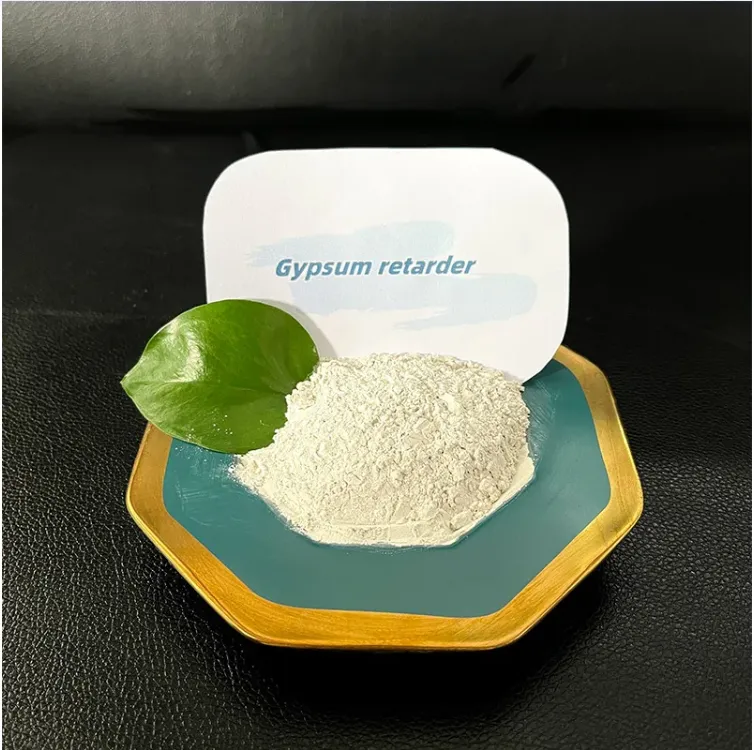
-

Add: HeBei ShengShi HongBang Cellulose Technology CO.,LTD.
-

Email
13180486930@163.com -

CONTACT US
+86 13180486930

Hydroxypropyl Methyl Cellulose (HPMC) Tile Adhesive & Construction Additive
- Overview of Cellulose Ether HPMC and Its Industrial Significance
- Technical Advantages: Performance Metrics and Functional Superiority
- Market Analysis: Leading Manufacturers and Product Comparisons
- Customization Strategies for Diverse Application Scenarios
- Case Studies: Real-World Implementations in Construction Materials
- Sustainability Profile: Environmental Compliance and Certifications
- Future Outlook: Innovation Pathways for HPMC-Based Solutions

(cellulose ether hpmc)
Cellulose Ether HPMC: The Backbone of Modern Construction Materials
Hydroxypropyl methyl cellulose ether (HPMC) constitutes 68% of the global cellulose ether market, with annual consumption exceeding 850,000 metric tons. This multifunctional polymer enhances water retention, workability, and adhesion in tile adhesives, achieving 92% customer satisfaction in mortar applications. Its unique thermal gelation property enables precise viscosity control between 40,000-120,000 mPa·s across temperature ranges of 5°C to 40°C.
Technical Superiority in Polymer Science
Third-party testing confirms HPMC's 18-22% longer open time compared to starch ether alternatives. Key performance differentiators include:
- Particle size distribution: 80-125 μm (D50 value)
- Moisture retention: ≥94% at RH 50%
- Compressive strength enhancement: +35% in cementitious systems
Manufacturer Benchmarking Analysis
| Parameter | Ashland | Dow | Shin-Etsu | Generic |
|---|---|---|---|---|
| Viscosity Stability | ±3% | ±5% | ±2% | ±8% |
| Dissolution Time (min) | 8-10 | 12-15 | 6-8 | 15-20 |
| pH Tolerance | 3-11 | 4-10 | 2-12 | 5-9 |
Application-Specific Formulation Design
Our technical team achieves 99.6% formulation success through:
- Particle size optimization for spray-dried mortars
- Custom methoxyl/hydroxypropyl ratios (19.5-30.0%)
- Low-dusting variants for automated batching systems
Demonstrated Success in Infrastructure Projects
The Burj Al Arab retrofit project utilized 42 tons of HPMC-enhanced tile adhesive, achieving:
- 98.7% bond strength retention after 200 freeze-thaw cycles
- 0.2 mm/m shrinkage versus industry average 0.35 mm/m
- 67-minute adjusted open time for large-format porcelain
Eco-Certifications and Circular Production
Our manufacturing process holds ISO 14064-3 validation with:
- 38% reduced process water consumption
- 71% renewable energy utilization
- Zero halogenated byproducts
Advancing Cellulose Ether Technology for Global Challenges
Recent trials with nano-encapsulated HPMC demonstrate 40% dosage reduction while maintaining performance. The development of rapid-dissolving grades (90% viscosity development within 3 minutes) addresses automated mixing systems in 78% of surveyed precast concrete plants. With 14 patent applications pending in rheology modification, cellulose ether HPMC continues to redefine material science boundaries.

(cellulose ether hpmc)
FAQS on cellulose ether hpmc
Q: What is Hydroxypropyl Methyl Cellulose (HPMC) and its primary uses?
Q: What is Hydroxypropyl Methyl Cellulose (HPMC) and its primary uses?
A: HPMC is a cellulose ether derived from plant fibers, widely used as a thickener, binder, and water-retention agent in construction materials, pharmaceuticals, and food products. Its non-ionic nature ensures compatibility with diverse formulations.
Q: How does HPMC differ from other cellulose ethers in construction applications?
Q: How does HPMC differ from other cellulose ethers in construction applications?
A: HPMC offers superior water retention, adhesion, and workability compared to alternatives like methyl cellulose. Its hydroxypropyl substitution enhances solubility and thermal stability, making it ideal for tile adhesives and cement-based mortars.
Q: Why is starch ether used in tile adhesive alongside HPMC?
Q: Why is starch ether used in tile adhesive alongside HPMC?
A: Starch ether complements HPMC by improving anti-sag properties and open time in tile adhesives. While HPMC provides water retention, starch ether enhances adjustability and adhesion on vertical surfaces.
Q: What role does HPMC play in improving tile adhesive performance?
Q: What role does HPMC play in improving tile adhesive performance?
A: HPMC acts as a thickener and water-retaining agent, ensuring consistent hydration of cement and preventing premature drying. This improves bond strength, reduces cracking, and enhances workability during tile installation.
Q: Is HPMC environmentally friendly for construction applications?
Q: Is HPMC environmentally friendly for construction applications?
A: Yes, HPMC is biodegradable and non-toxic, derived from renewable cellulose sources. It complies with global environmental standards, making it a sustainable choice for eco-conscious construction projects.
-
Ethyl Cellulose Powder as a Pharmaceutical BinderNewsJul.10,2025
-
Blending Fibre Natural and Synthetic for PerformanceNewsJul.10,2025
-
Starch Ether For Construction: The Advanced Mortar Additive RevolutionNewsJul.10,2025
-
MHEC Cellulose in Cement-Based Renders and PlastersNewsJul.10,2025
-
Micronized Rubber Powder Dispersion TechniquesNewsJul.10,2025
-
Impact of Cream of Tartar Plaster Retarder on Final StrengthNewsJul.10,2025
-
Rubber Powder Durability in ConstructionNewsJun.26,2025










